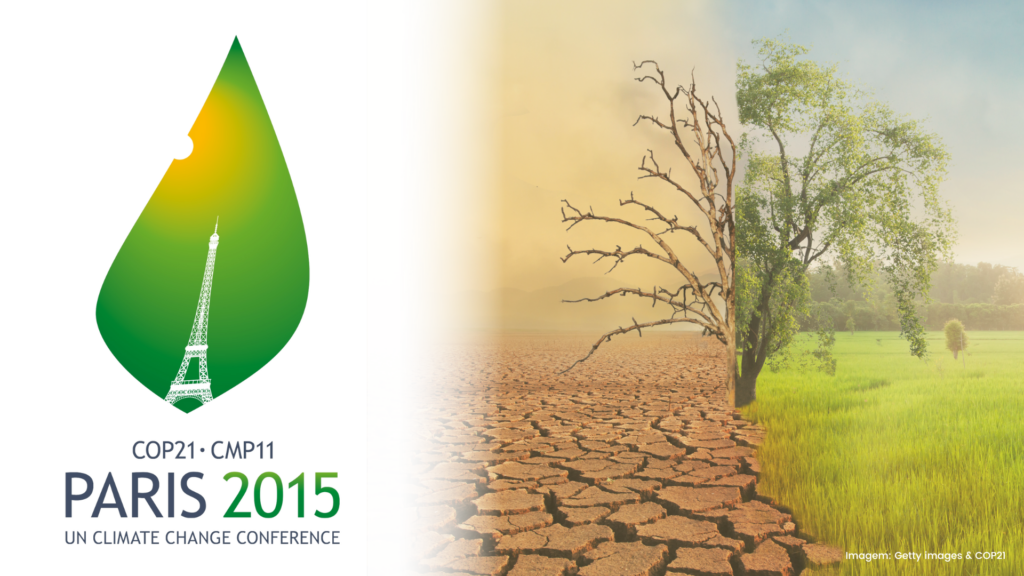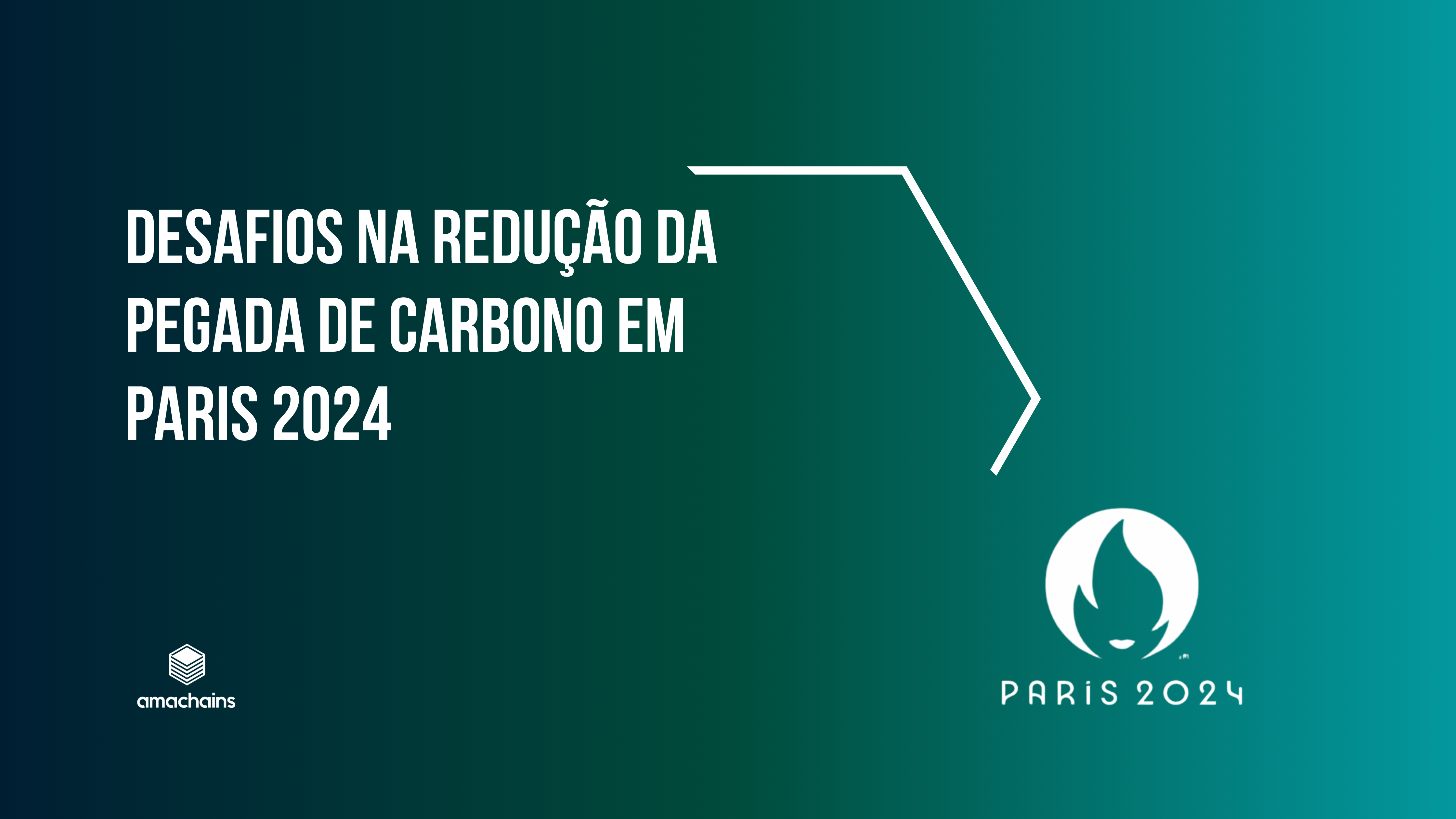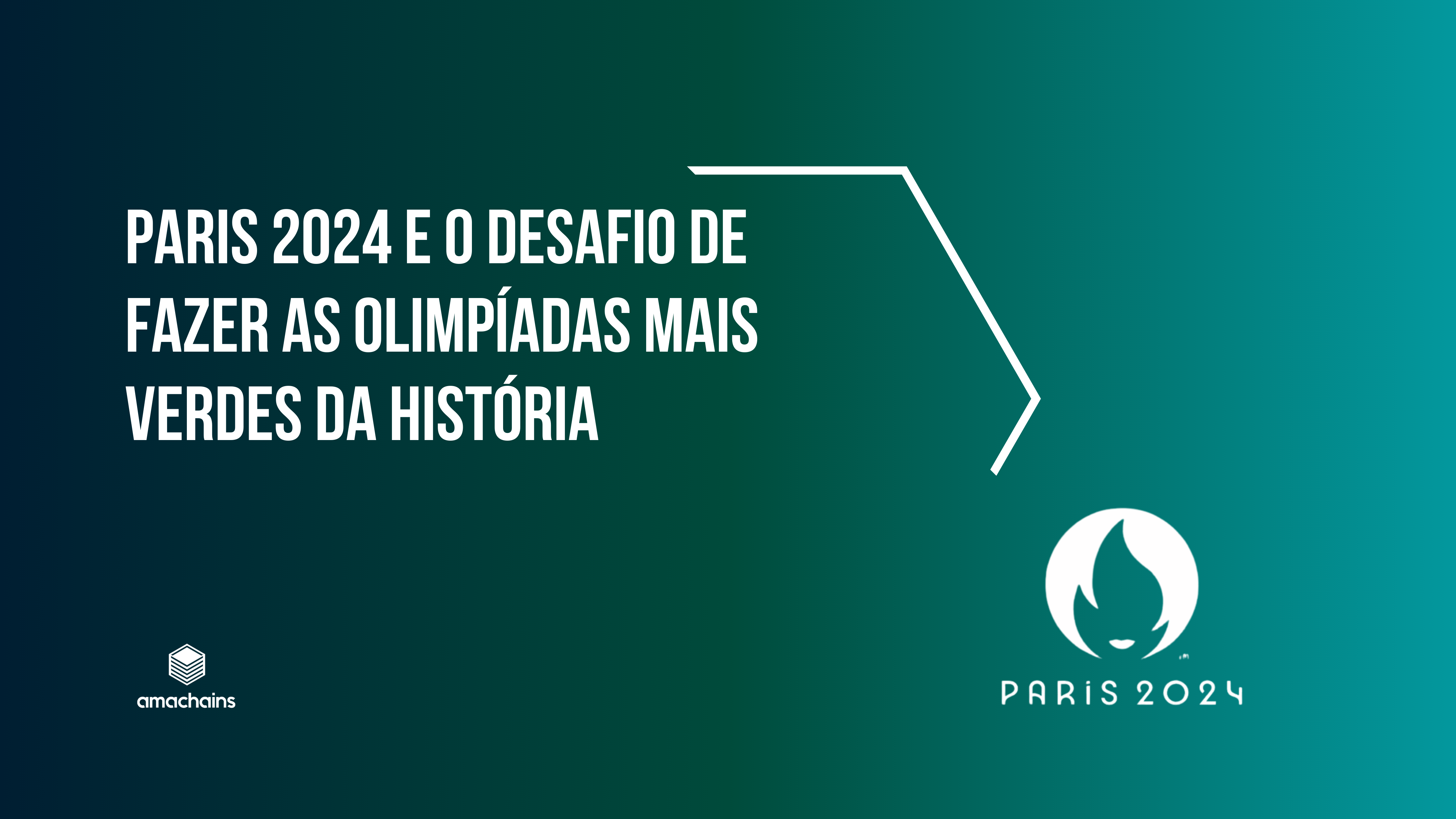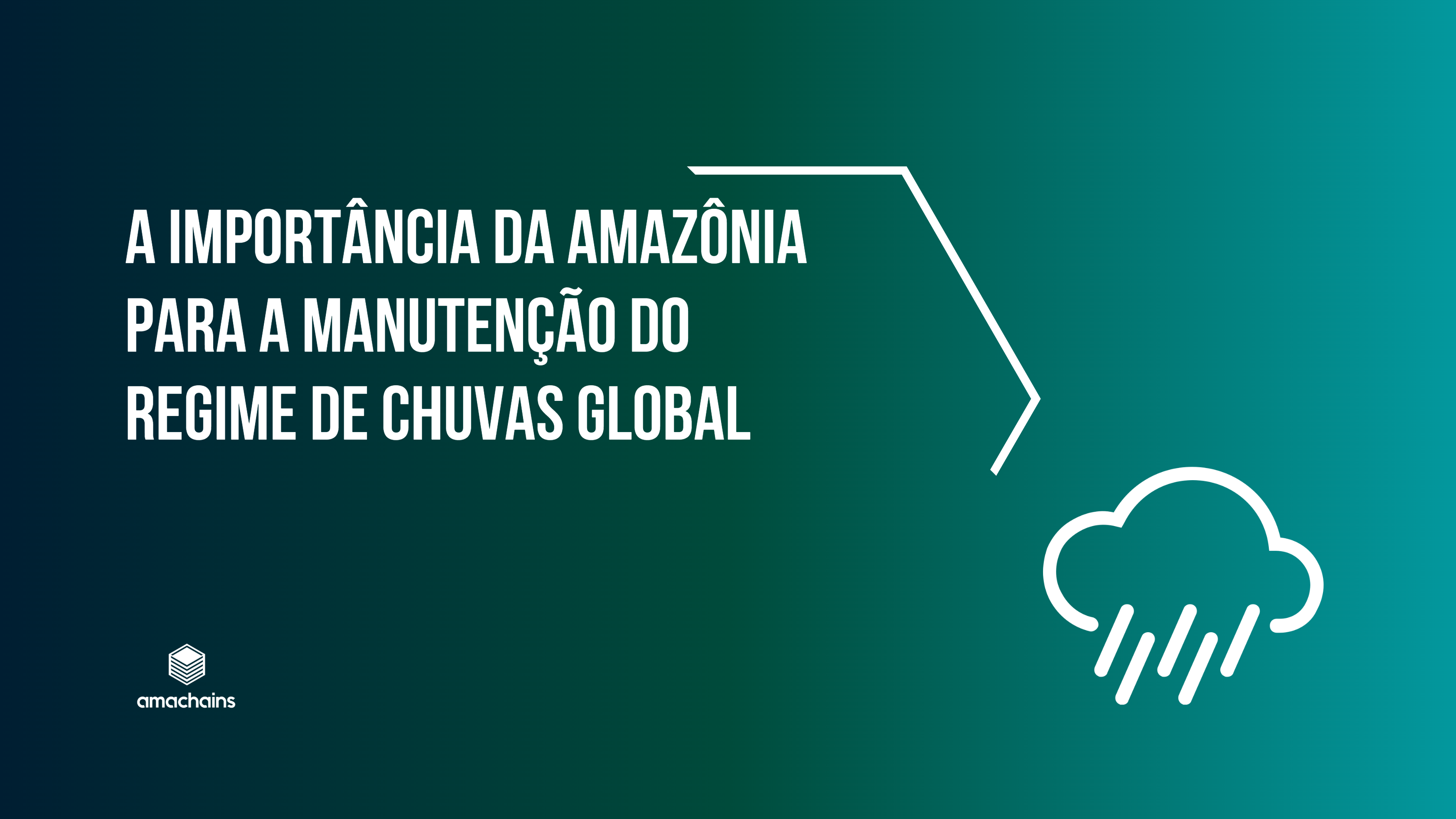It was approved in December 2015 during the Conference of the Parties (COP21) of the United Nations Framework Convention on Climate Change (UNFCCC), held in Paris, France, and entered into force on November 4, 2016. This agreement represents a global commitment, ratified by more than 196 countries, to combat climate change and reduce greenhouse gas (GHG) emissions.
The Paris Agreement is an international treaty whose main objective is to limit the increase in global average temperature to below 2°C above pre-industrial levels, and if possible, to below 1.5°C. To limit global warming to 1.5°C, greenhouse gas emissions must peak by 2025 at the latest and decrease by 43% by 2030.
To achieve this goal, signatory countries must work to reduce their greenhouse gas (GHG) emissions as quickly as possible and achieve carbon neutrality by mid-century. In addition, countries must commit to setting national GHG emission reduction targets every five years and regularly reporting on their efforts.
It is the result of decades of international negotiations on climate change. Its development was based on rigorous scientific analysis and an international consensus that climate change poses a real and imminent threat to humanity and the planet as a whole. It recognizes the need for urgent and ambitious action by all countries, rich and poor, to address this global challenge.
It includes a financial mechanism to help developing countries deal with the consequences of climate change and transition to a low-carbon economy. Developed countries commit to providing adequate, predictable and sustainable finance to support climate action in developing countries.
To better frame efforts towards the long-term goal, the agreement proposes that countries formulate and submit long-term low greenhouse gas emissions development strategies (LT-LEDS). LT-LEDS provide the long-term horizon for NDCs. Unlike NDCs, they are not binding. However, they place NDCs in the context of countries’ long-term planning and development priorities, providing a vision and direction for future development.
While climate action needs to be stepped up to meet the goals of the Paris Agreement, the years since its entry into force have already yielded low-carbon solutions and new markets. Much work remains to be done to meet the agreement’s goals, as global GHG emissions continue to rise and many countries are still falling short of their emissions reduction targets. By 2030, zero-carbon solutions could be competitive in sectors accounting for more than 70% of global emissions.
The report, including the Paris Agreement, is available in all six official UN languages at the following link: https://unfccc.int/documents/9097








